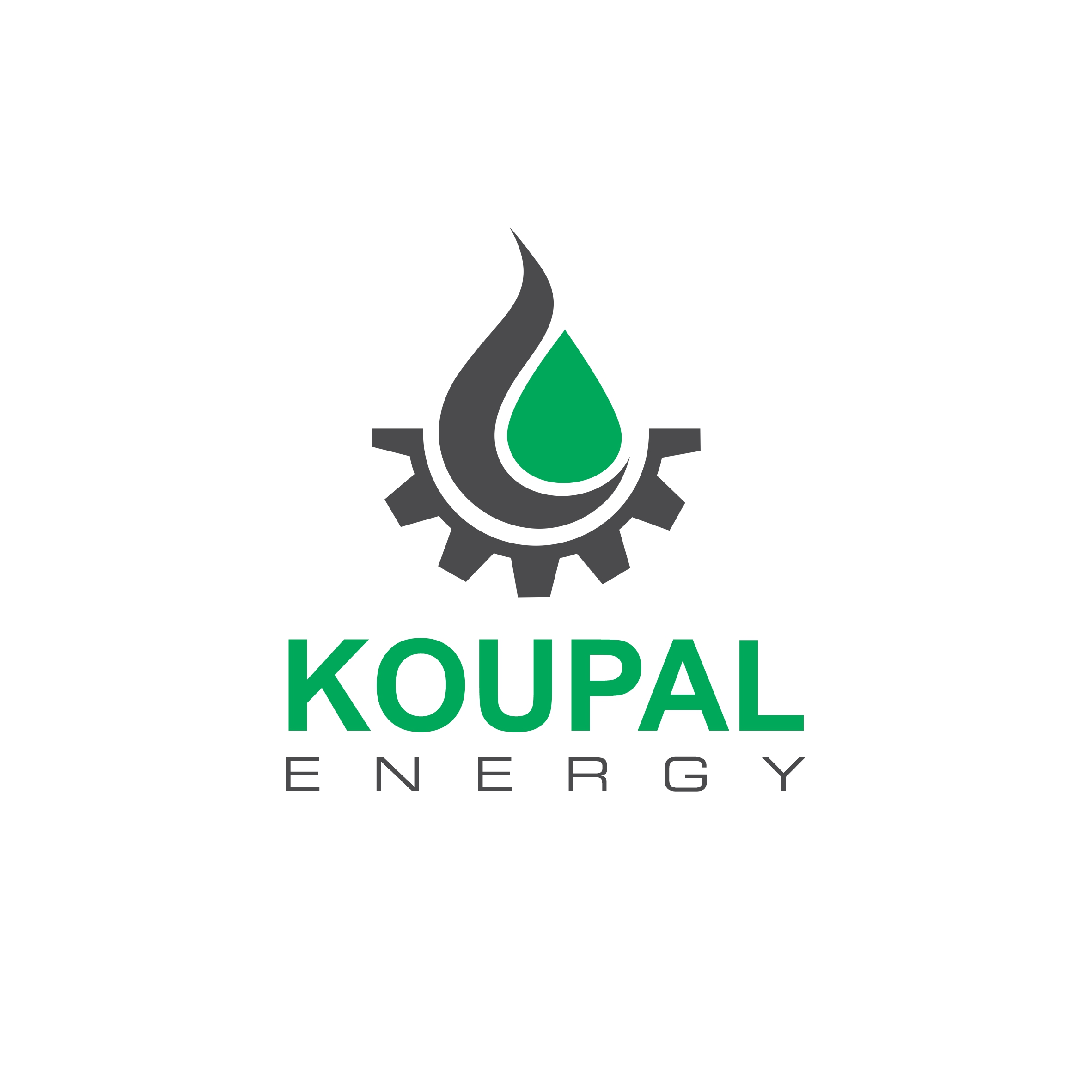Speaker
Description
This study focuses on the characterization of reservoir rock characteristics to improve hydrocarbon recovery, groundwater management, and geothermal energy extraction. Traditional methods for determining properties such as porosity, permeability, and pore size distribution are often labor-intensive and time-consuming. Instead, this research uses a pore network model to simulate and analyze fluid flow in porous networks. This study describes the process of creating digital pore network models from microCT images, calibrating them with experimental data, and extracting petrophysical properties through simulation. Analysis of a carbonate rock formation shows a porosity of 14.03%, which indicates limited pore space for fluid storage and flow. The tortuosity value of 2.96 indicates a complex pore network that prevents fluid movement. Despite the low formation resistance factor (0.2), which implies good continuity, the molar flow rate is low, which corresponds to the reduction of effective porosity. 1.00046 ohm meter as rock resistance and 0.20009 ohm meter indicates the presence of hydrocarbon. The effective release value of 2.1879 is an effective factor in fluid extraction due to the inherent properties of the reservoir, which causes the level of this parameter to be low. Overall, these findings indicate that the reservoir has limited productivity, which requires improved mining techniques.
| Student presentation contest | Opt in |
|---|---|
| Student Poster Contest | Not Interested |
| Journal Submission | Consider for Journal Submission |




